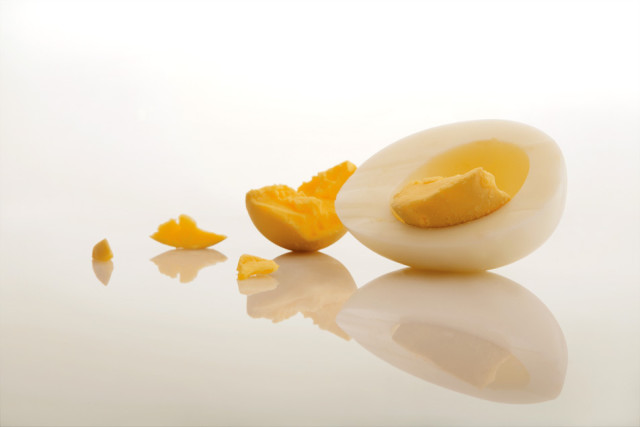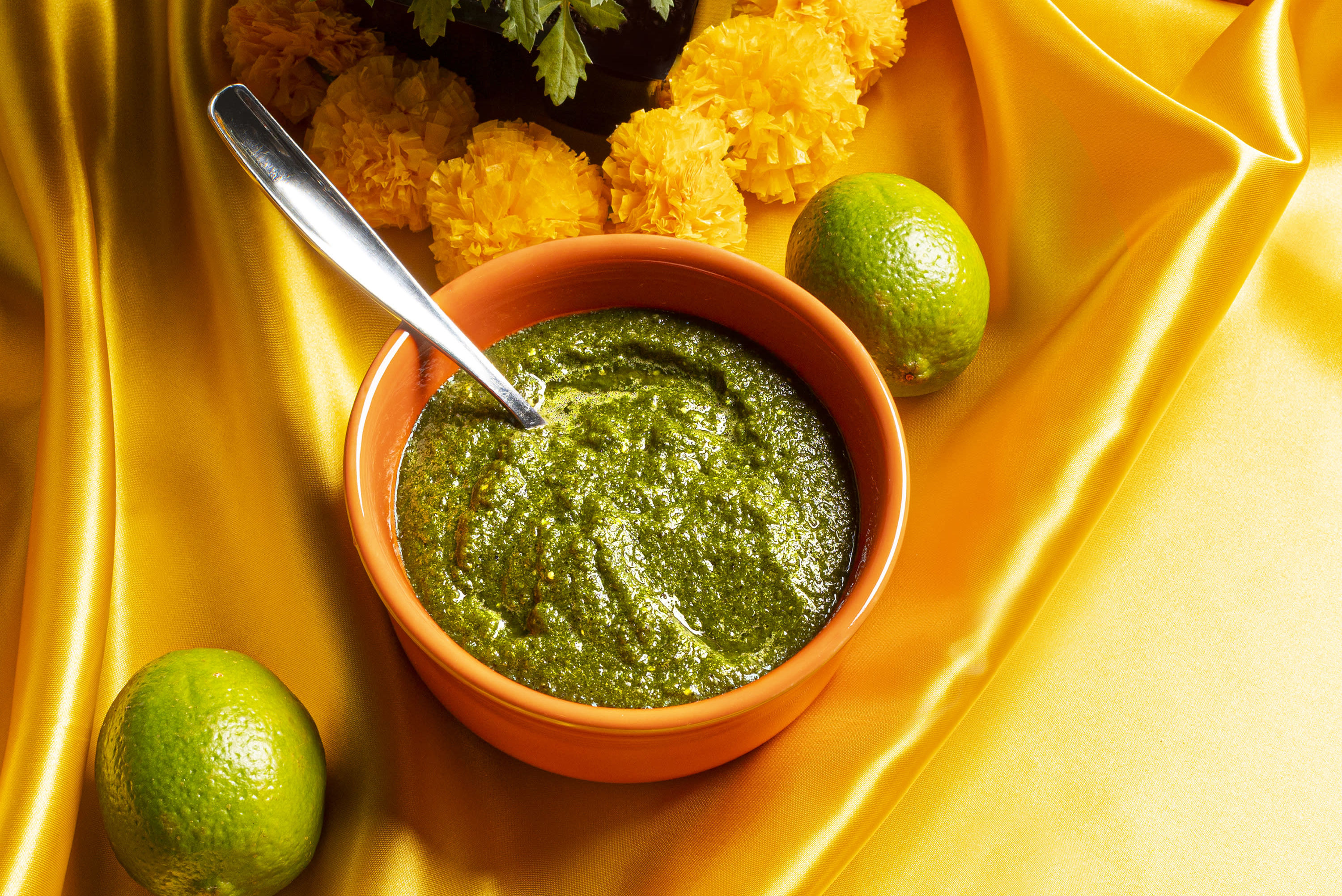The Good Egg

Image: Tom Oliver
BE IT scrambled, fried or poached, baked into custard or whipped into a lemon meringue pie, for many of us our earliest food memories began with one of the most ubiquitous, simplest and most versatile ingredients in our larder: the egg.
My first memory involves an egg that was hard-boiled by my grandmother,
Luna, in a mixture of water, coffee grounds and onion skins, which turned the milky hue of the egg’s shell a deep, chocolate brown. I remember her peeling away the shell and slicing the egg with a butter knife. She’d dip each half in a bowl filled with salted water and devour them in two bites, just as she’d done countless times growing up in her native Greece. Indeed, every meal I ate at her house began with one of her "brown" eggs.
Luna’s eggs were the first I’d ever eaten, but by the time I was an adult I had tasted them (knowingly and unknowingly) in hundreds of forms–as have most of us. Eggs have always been the world’s culinary shape-shifters, playing a supporting role in condiments and sauces such as mayonnaise and hollandaise or in desserts from meringues to cakes. But eggs also shine on their own as the lead actors in frittatas, omelettes and scrambles, or simply cracked over the top of a tartare or a salad.
Most varieties of hen’s eggs will work just fine for such dishes, but they’re not all created equal. Some cooks believe that brown eggs taste better than white ones, but the color of the shell merely reflects a hen’s breed. The origins of flavor rest in a hen’s diet, and most chefs agree that hens allowed to feed on grass, bugs and mud (yes, chickens will eat almost anything) produce eggs that taste superior to those from hens that are strictly grain-fed. And although it’s difficult to assess before they’ve been cracked, eggs with darker yolks boast better flavor–the deeper color means the chicken has had a chlorophyll-rich diet. Finding such eggs isn’t difficult–farmers markets abound with small-flock producers, and free-range eggs are common in most stores. (Portlanders are even allowed to keep up to three hens in their own backyards.)
Once you’ve hit on a superb batch, consider the classic French dish oeufs en meurette: Eggs are poached in red wine, gently placed on toasted brioche and smothered in a meaty reduction of wine, beef stock, port, bacon, mushrooms, shallots and butter. It may seem like a lot of work, but one bite reveals the egg’s infinite flavors–which are memorable enough to surpass even Luna’s eggs.

Oeufs en Meurette (Poached Eggs in Red Wine Sauce)
Recipe Courtesy Philippe Boulot, executive chef at the Heathman Restaurant
Serves 2-4
INGREDIENTS
- 6 oz bacon, diced
- 3 tbsp butter
- ½ lb mushrooms, washed and thinly sliced
- 2 shallots, peeled and finely diced
- 1 cup port
- 1 garlic clove, peeled and crushed
- 1 bottle dry red wine
- 1¼ cups beef stock
- 2 tbsp flour
- 4 cold eggs
- 2-4 thick slices brioche, lightly toasted
- 1 tbsp parsley, finely chopped
- Sauté bacon in a medium frying pan over medium heat until crisp. Set aside.
- Melt 1 tbsp butter in the same pan, and sauté mushrooms about 5-8 minutes. Set aside.
- Sauté shallots in the same pan, about 1 minute.
- Turn heat to medium-high and add port, crushed garlic and half the bottle of red wine. Once mixture begins to bubble, turn heat to medium and, stirring occasionally, allow mixture to reduce by three-quarters, about 25 minutes.
- Add beef stock and cook 10 more minutes.
- Strain sauce through a fine sieve into a small saucepan set over medium-low heat.
- Combine flour and remaining 2 tbsp butter in a small bowl to form a paste. Whisk paste into the sauce and allow it to simmer for 2 minutes.
- Stir cooked bacon and mushrooms into sauce and keep warm over low heat.
- Meanwhile, bring remaining wine to a boil in a small saucepan over medium-high heat, then turn heat to medium-low.
- Crack each egg into a separate bowl or saucer, then gently slip each egg, one at a time, into wine. Poach until whites are firm and yolks have just set, about 5 minutes.
- When eggs are ready, carefully scoop one egg at a time from pan with a slotted spoon and place 1-2 cooked eggs on each slice of toasted brioche.
- Cover with sauce and garnish with parsley.




